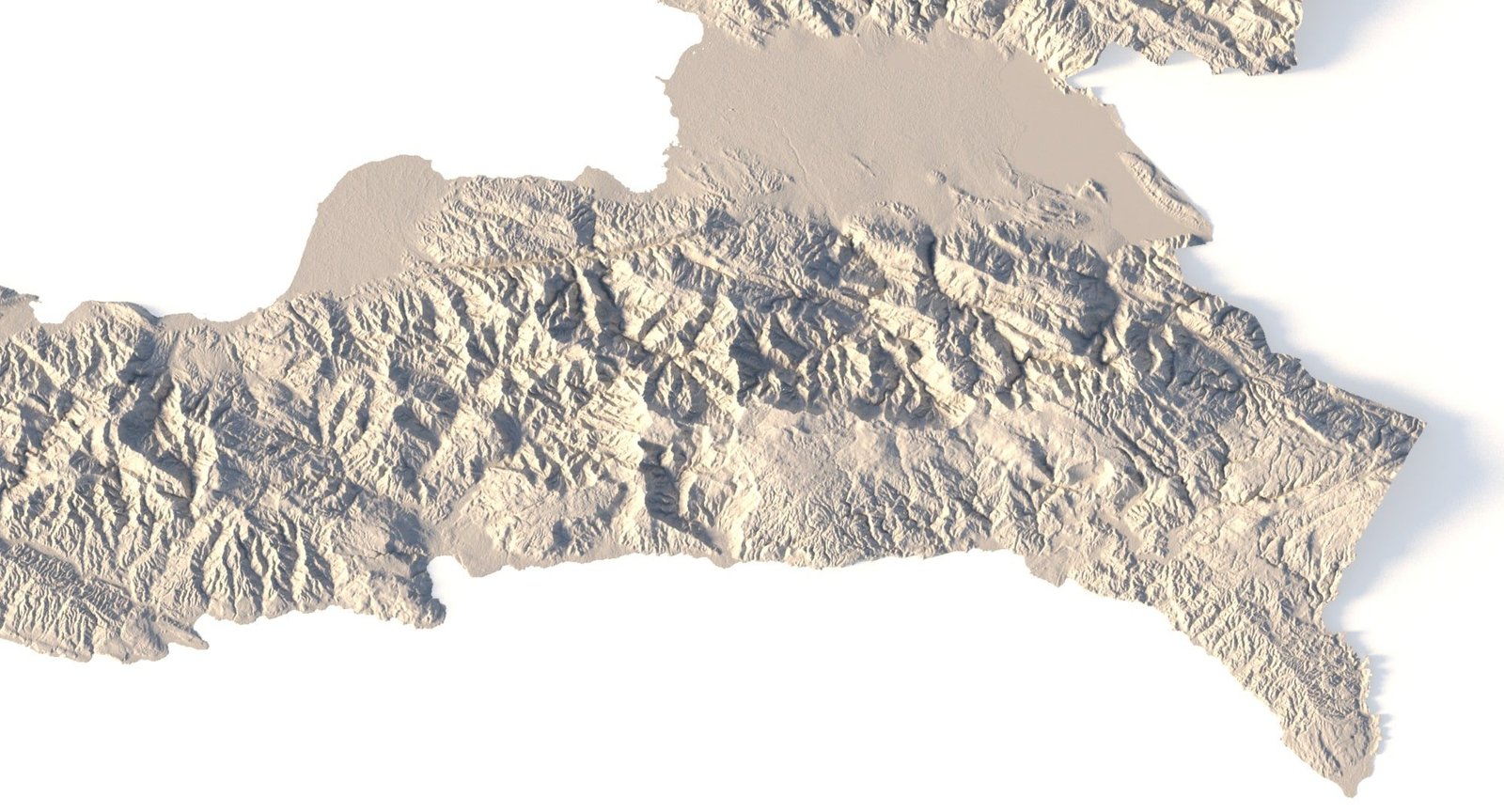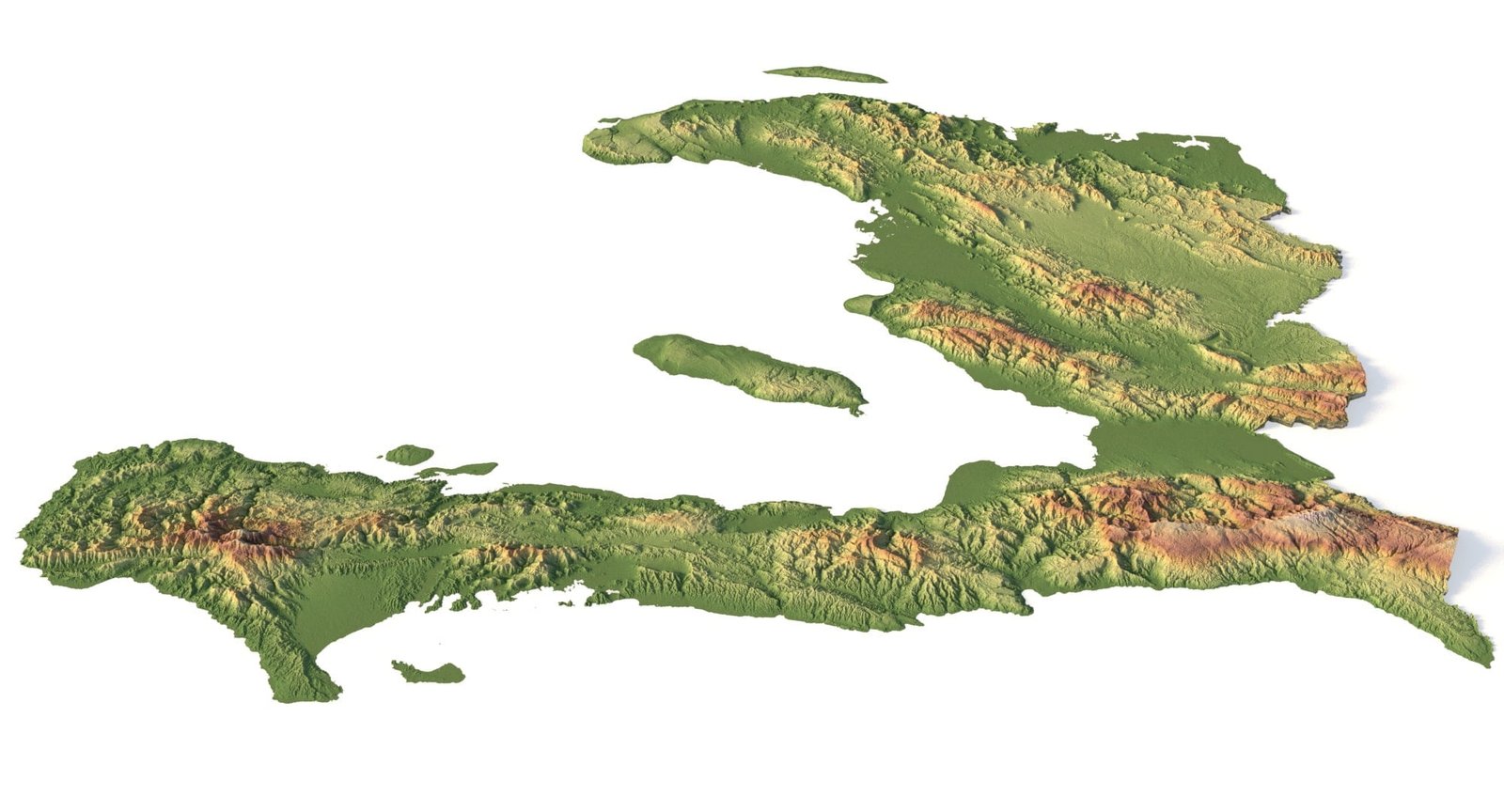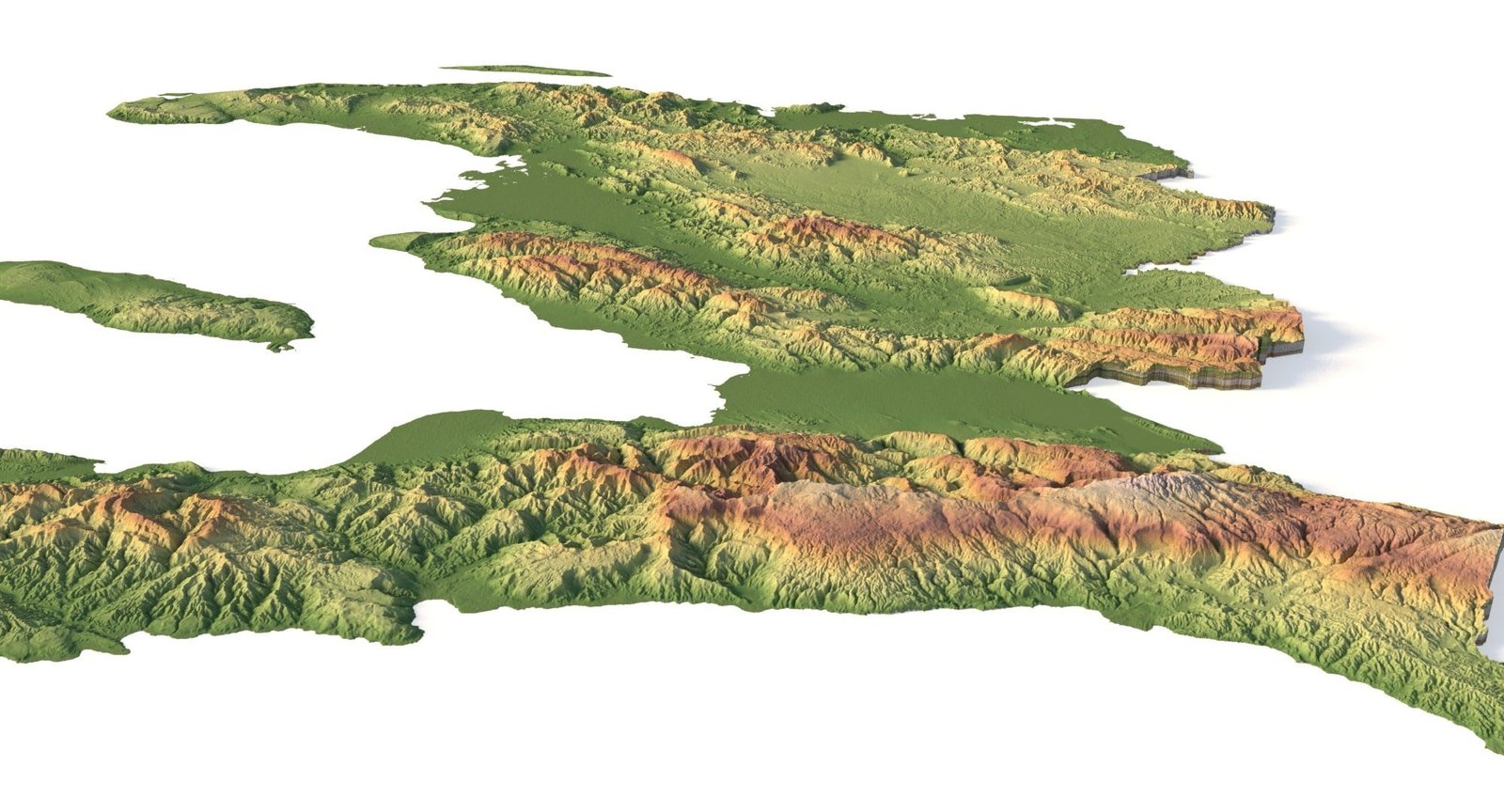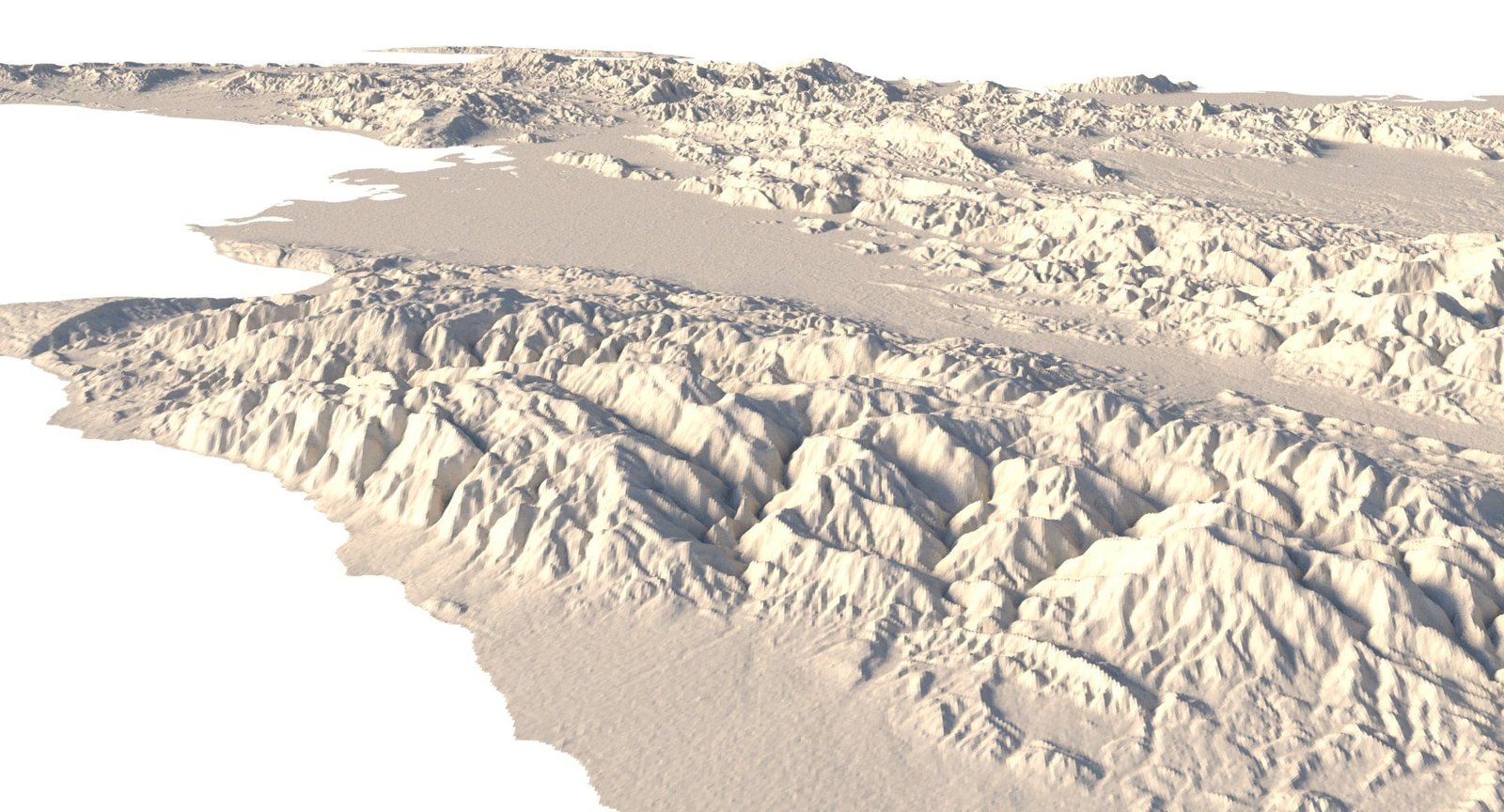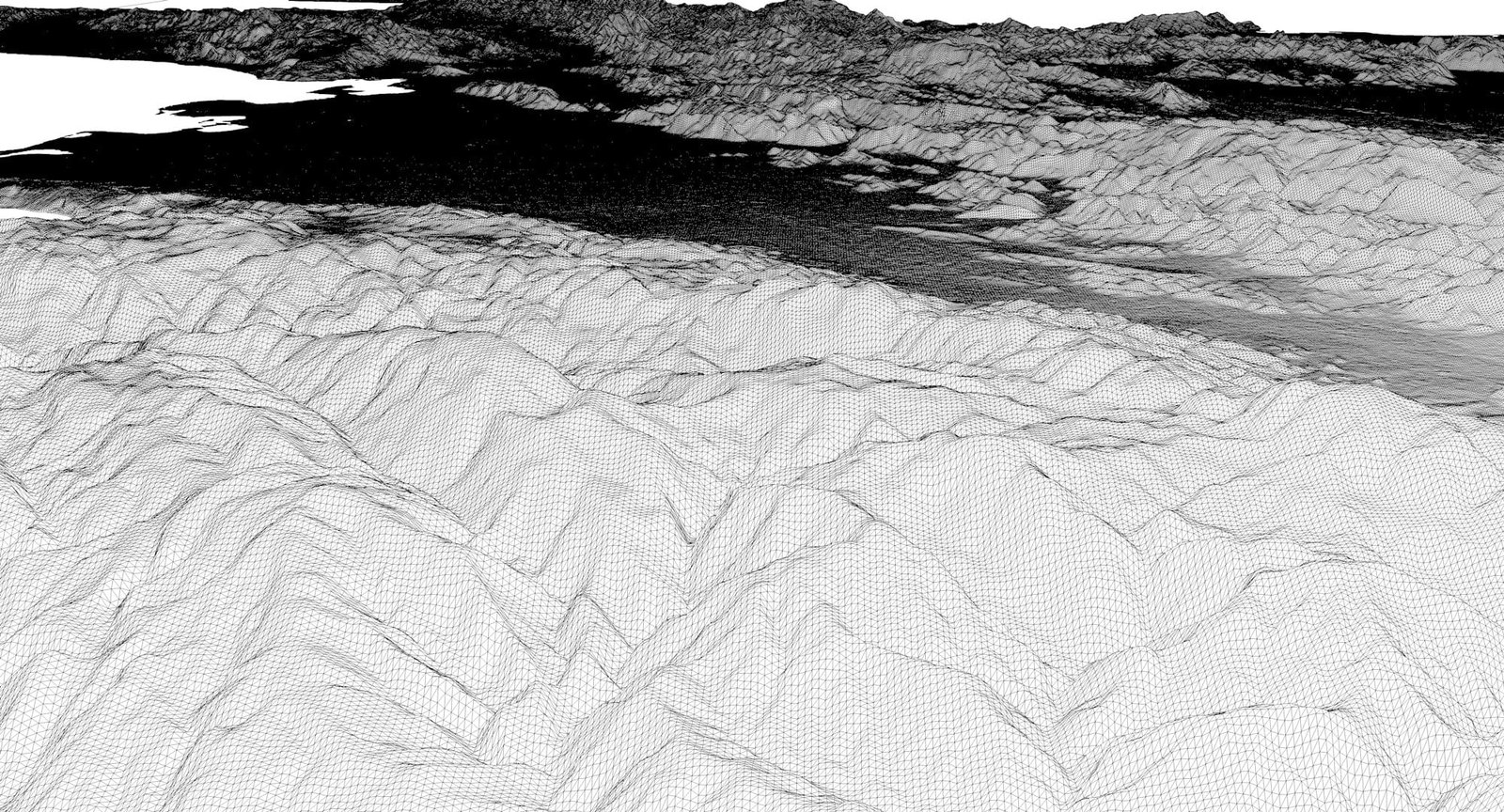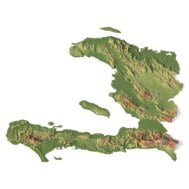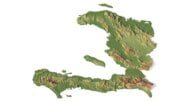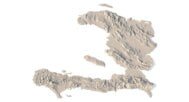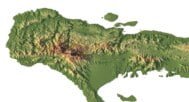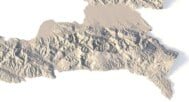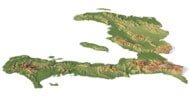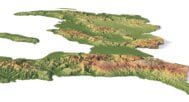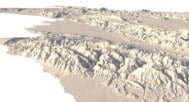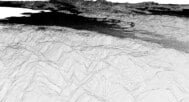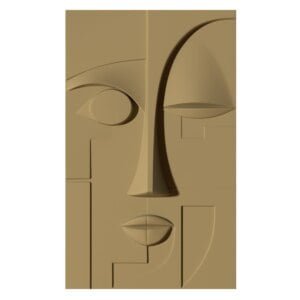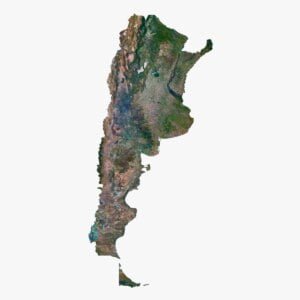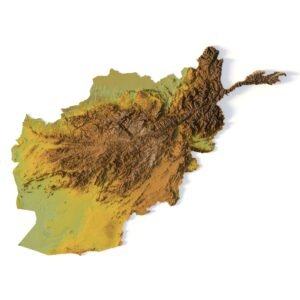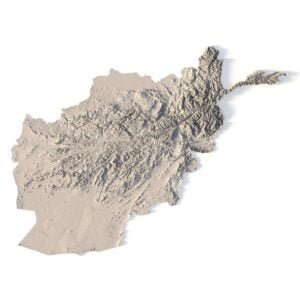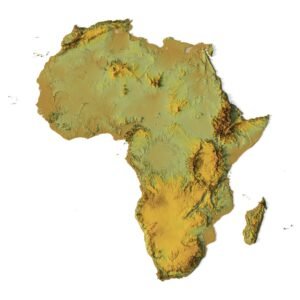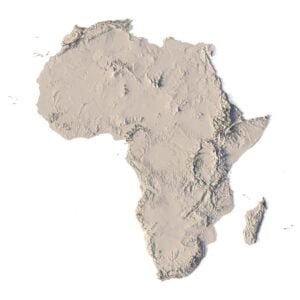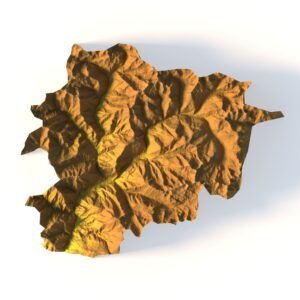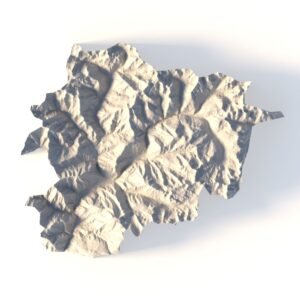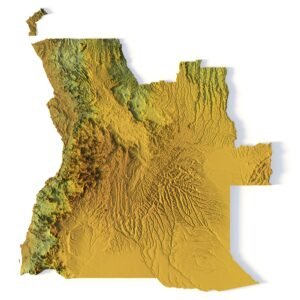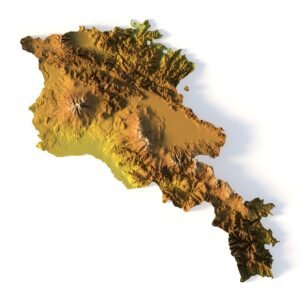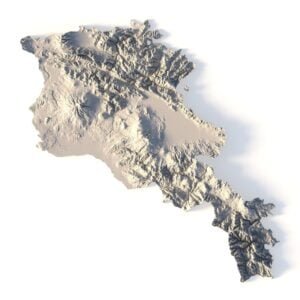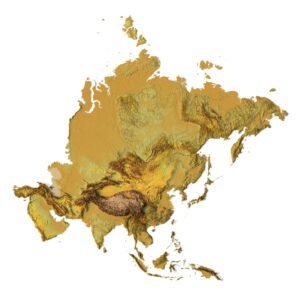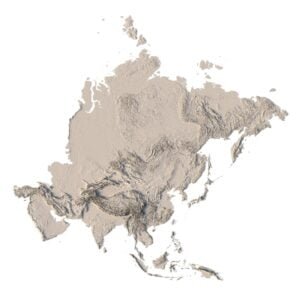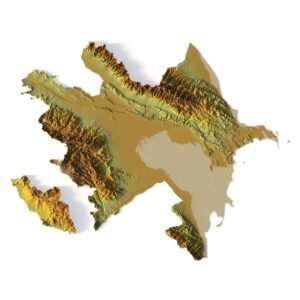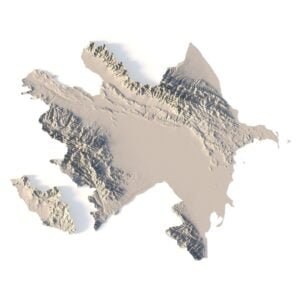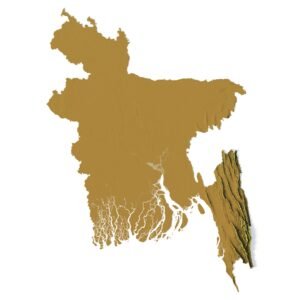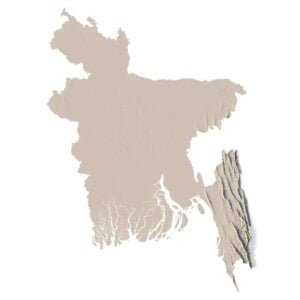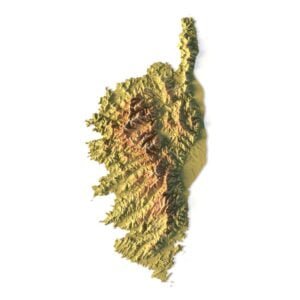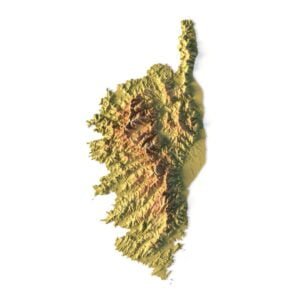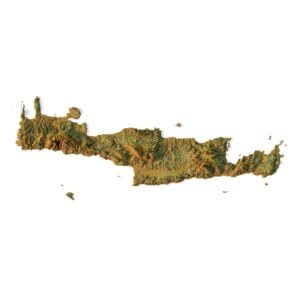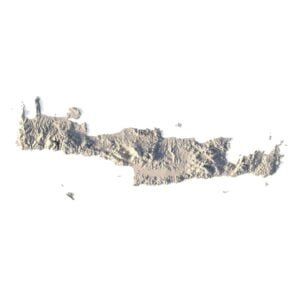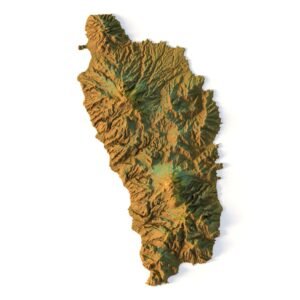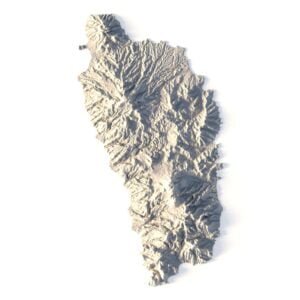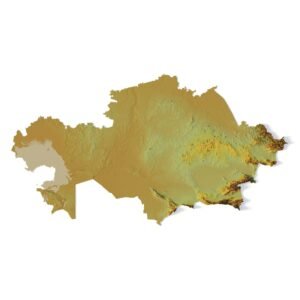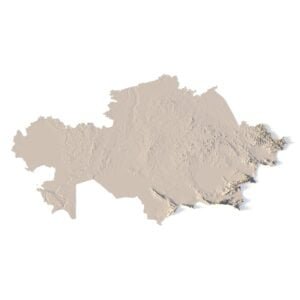Haiti Terrain for Printing and Design
Introducing a detailed 3D model of Haiti relief in STL format, perfectly suited for a variety of applications including educational purposes, landscape design and model making. This model is characterized by its precision and attention to detail, making it an indispensable resource for professionals and 3D printing enthusiasts alike.
What can I use a 3D model in STL format for?
STL model of Haiti can be used for various purposes:
- Making physical models from plastic or photopolymer using 3D printers
- Making models of wood or metal using CNC machines
- Making a high-resolution relief using 3D laser markers
- Making of “master forms” for duplication of products using foam polystyrene or concrete
- Creating computer graphics
- Creation of low-polygonal models for computer games
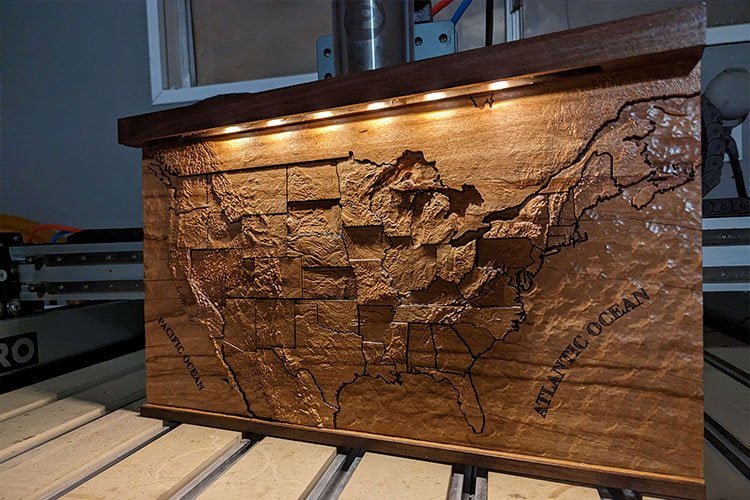
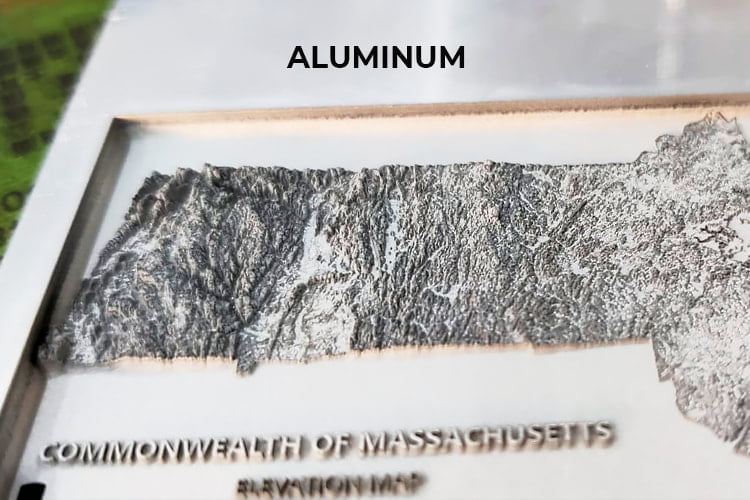
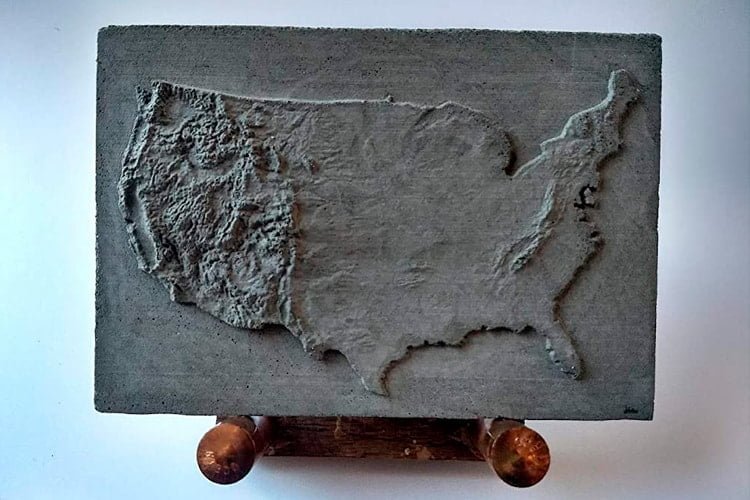
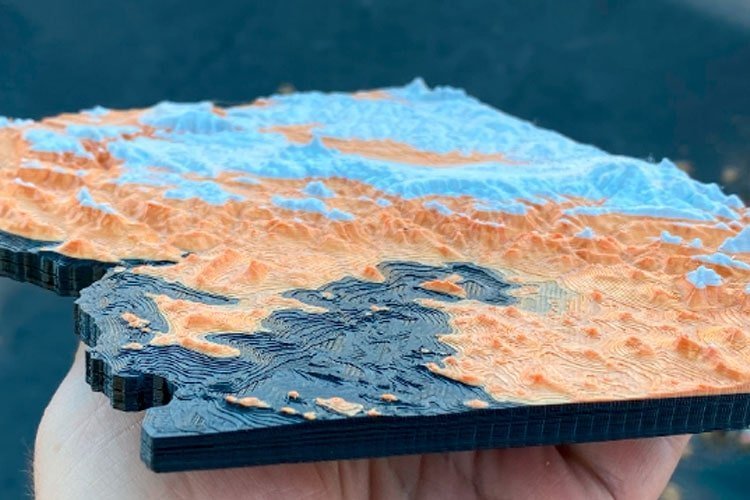
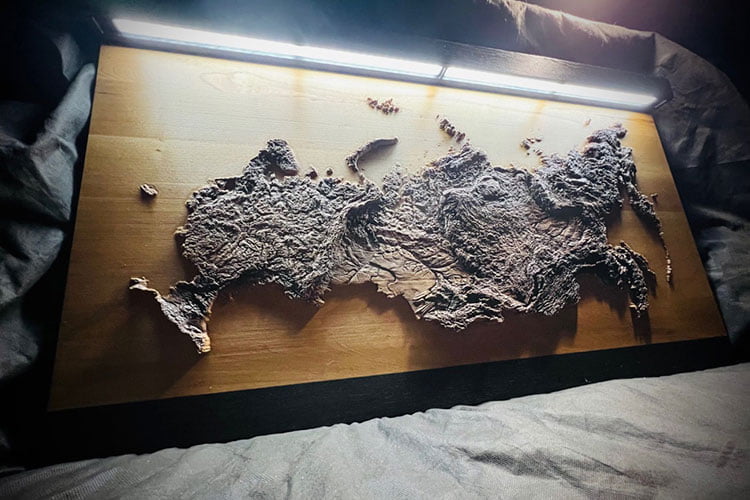
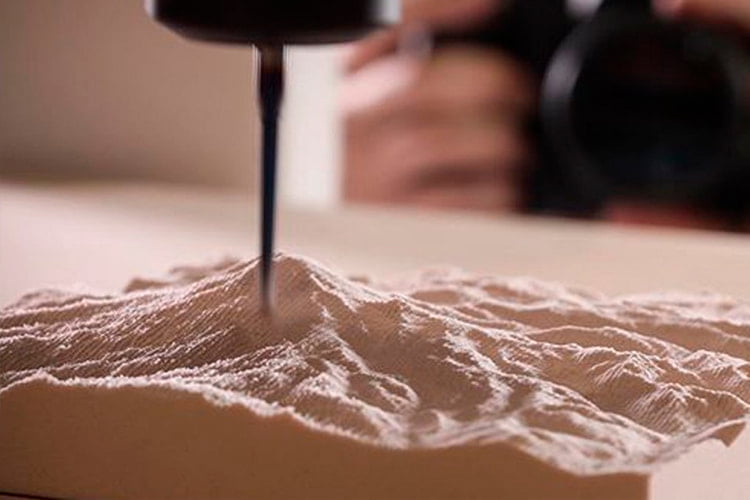
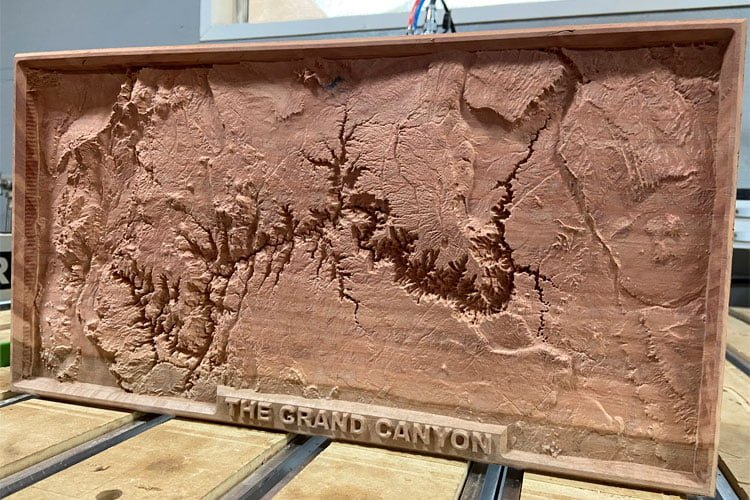
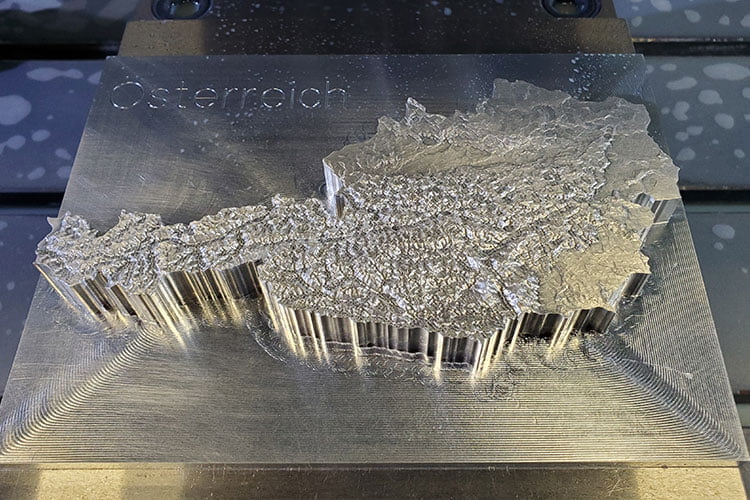
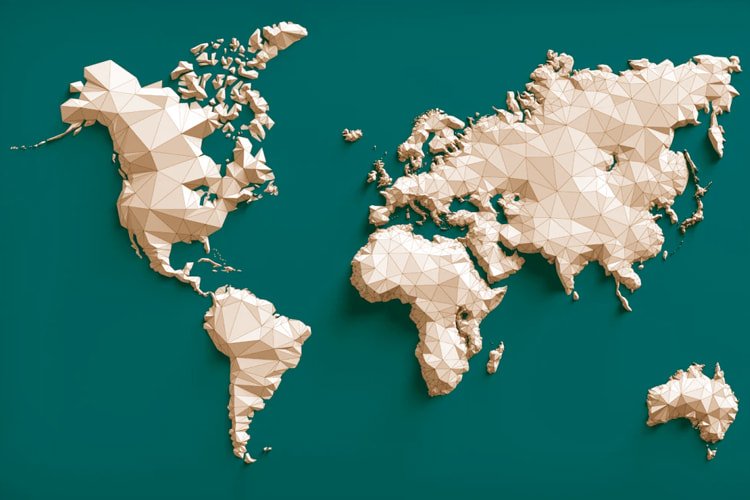
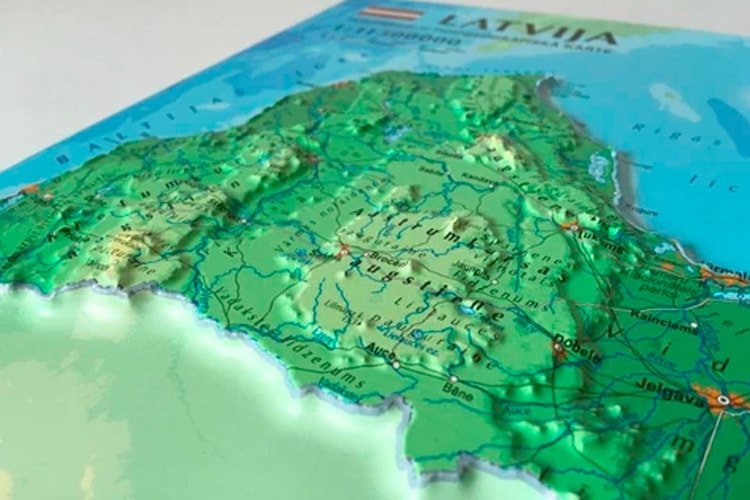
What is the resolution of the 3D model of Haiti?
With the development of technology, it is becoming possible to produce more and more precise relief models.
For example, there are 3D printers that can print models with a layer height of 0.16 mm, 0.1 mm, 0.05 mm, or even less. These devices require high-quality models. But a higher-quality 3D model contains more polygons and has a larger file size. One of the challenges is to find a compromise between the file size of the STL model, which would be convenient to work with, and the desired quality of the finished product.
The 3D model of Haiti has a fairly large size and many polygons.
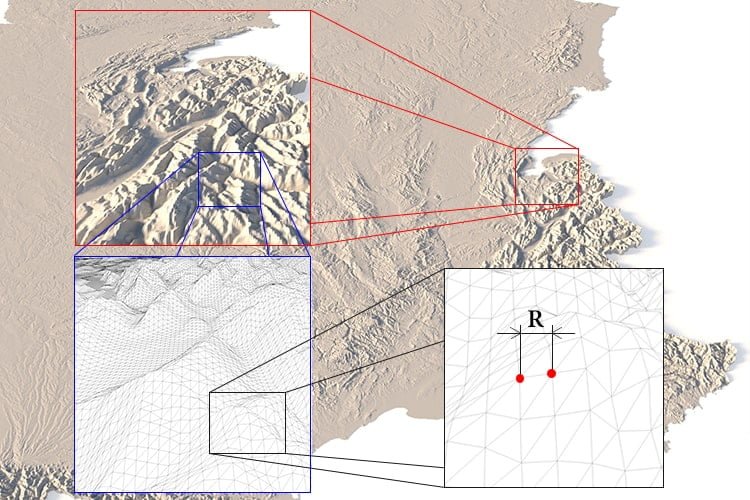
How do I change the parameters of the STL models?
You can easily resize the models in any program that allows you to import STL files.
In addition to changing the scale in width, length, and height, you can add a higher base. You can also use anti-aliasing tools, add bulk text, reduce the number of polygons, etc.





